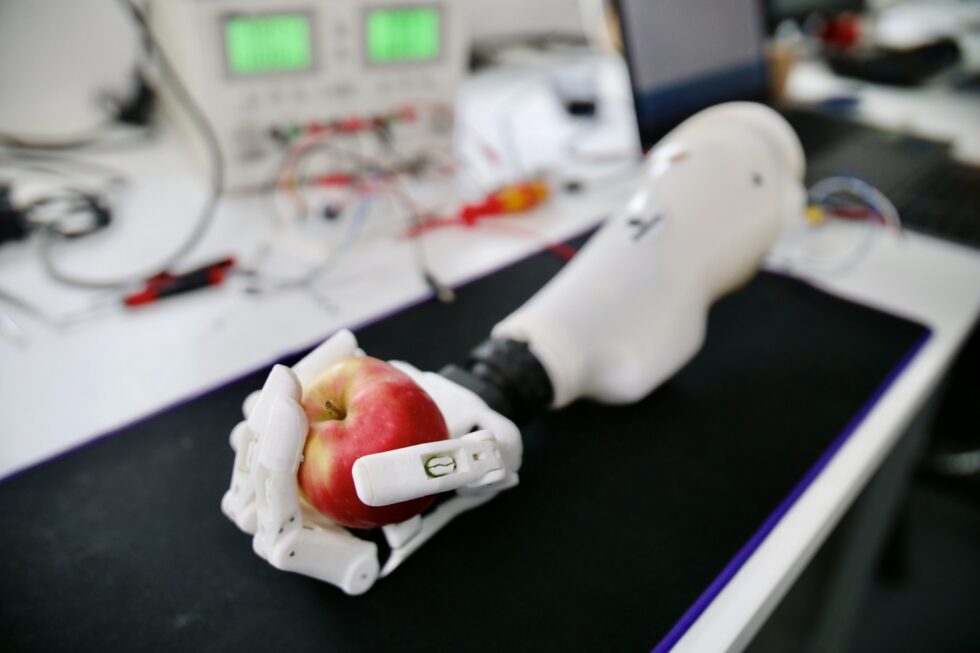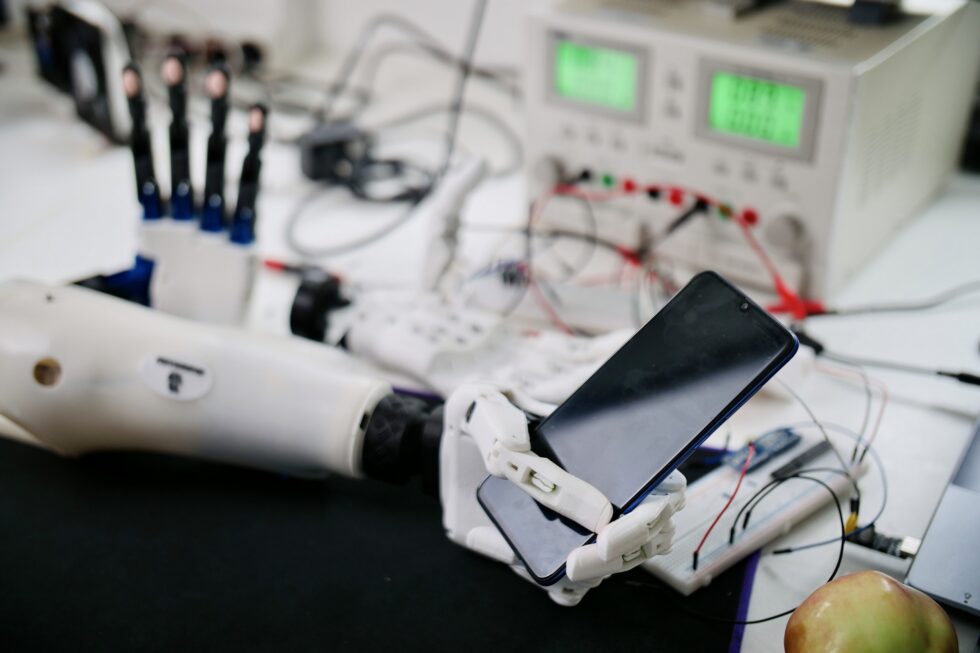


Previously, we only saw artificial hands in movies that could make the same subtle movements as their human counterparts. However, uncomfortable and immobile prostheses are slowly giving way to solutions controlled by artificial intelligence.
Worldwide, more than 500,000 people currently live with amputated forearms, who lost this part of their body as a result of an accident, disease, or birth defect. However, their number is increasing. Aesthetic and functional prostheses are a great help in replacing the missing body part, which, although they make everyday life a lot easier, still have many disadvantages. However, a new technology could change all that. Csaba Nyilas lost the upper limb of his left hand in an accident in 2015, and since then he has been wearing a so-called beautician's hand.
"At first glance, my prosthesis is really lifelike, but it is not capable of any movement, it is just an empty plastic. Unfortunately, it is not practical to use either: when I once went shopping and the bag fell out of my hand, the apples scattered. I have also had problems with its mass several times, because it is very heavy, uncomfortable and therefore often causes pain. The prosthesis does not fulfill its expected function, and wearing it for a long time is tiring," said Csaba Nyilas, who is now testing an intelligent artificial limb developed by researchers from the Faculty of Medicine (PTE-ÁOK) and the Faculty of Technology and Informatics (PTE-MIK) of the University of Pécs.
The 3D Printing and Visualization Center of the University of Pécs has been developing limb prostheses for years, but the innovative super device that is being developed is unique internationally. Specialists are now combining the most modern scientific procedures in the so-called Ember Arm project.
"We are working on the development of a prosthesis that is cost-effective, customizable, mimics unique movement patterns and can be largely produced using 3D printing technology. Thanks to its modular construction consisting of smaller units that also work independently, any defective finger can be pre-assembled and easily replaced. As a result, the hand can be improved or improved with more patterns and less labor. The artificial limb can be controlled myoelectrically, i.e. with electrical signals, which signals are produced by the muscles remaining in the arm. The intelligent prosthesis, which is still under development, is currently in the prototype phase, but it is already a working device," informed Dr. Péter Maróti, PTE-ÁOK Thematic Excellence Program research group leader.
During development, scientists consider the development of unique alternative control methods to be the most important: one such intelligent device can usually "learn" 8-12 movements, but the development in Pécs is more adapted to the daily routine. And although it will not be able to imitate the movement of the entire missing limb, it will be much more useful than a simple "passive" prosthesis.
"The artificial limb is controlled by artificial intelligence, i.e. a learning system: the prosthesis constantly observes and monitors the electrical activity of the user's intact muscles, and simply learns the user's movements by processing the generated signals. We have also incorporated a function into the device that helps if you grasp an object with the artificial limb, the signals from the sensors built into the finger vibrate the motors and thus help the user create a kind of feedback," pointed out the specific features of the super device. Péter Maróti.

In addition, the "smart hand" can be customized and resized, on which the professionals can apply unique patterns and shapes of different tones or a realistic cosmetic skin effect cover. Csaba Nyilas, for example, dreams of a carbon-black prosthesis that is usable, of good quality, light, cost-effective, teachable, comfortable and with which he can use his mobile phone or ride a bicycle safely.
The fingers of the customizable, intelligent prosthesis are individually controlled and can even grasp amorphous (shapeless, shapeless) objects. Thanks to this, the wearer can practically feel the force with which he squeezes the things in his grasp. This allows him to grip objects quite delicately, for example, he can hold an egg without breaking it.
The artificial limb can be controlled with the help of a specially developed mobile application, and with this we can also perform fine-tuning on it. After clinical validation, the final product can be put on the market in about a year and a half, which promises a dramatic change in the quality of life of amputees.
Written by: Jeki Gabriella 2020.10.08. NG